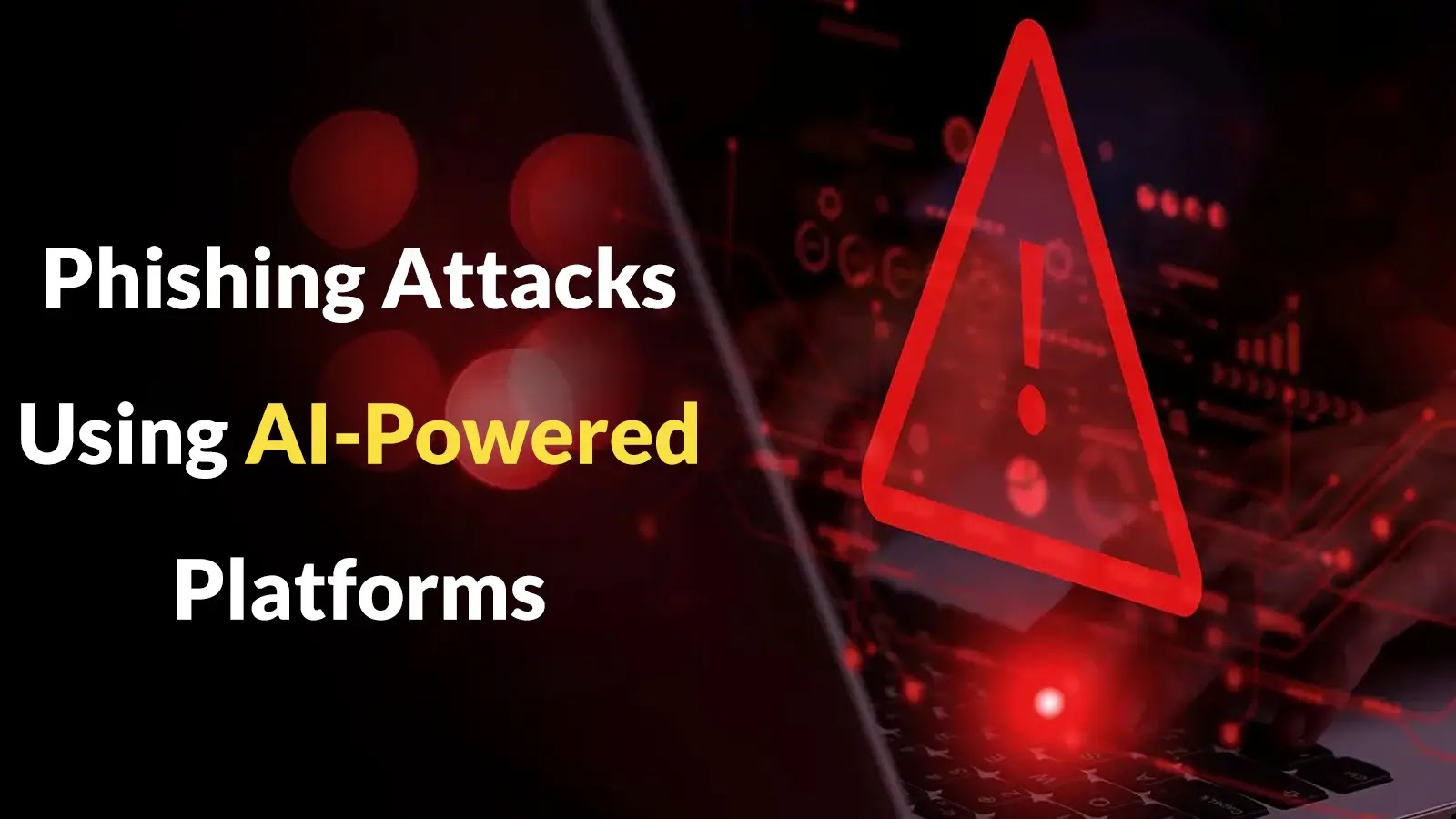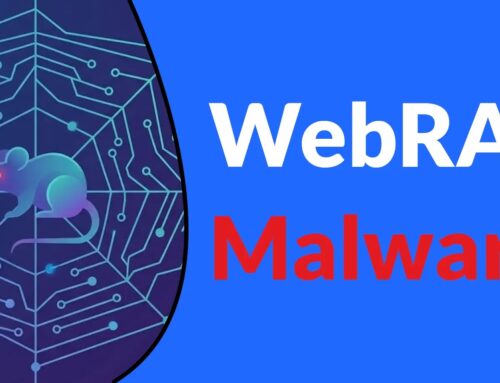
Phishing Attacks Using AI-Powered Platforms to Misleads Users and Evades Security Tools
The AI-Powered Phishing Threat: Deception Redefined
The landscape of cyber threats is constantly shifting, but few attack vectors have proven as persistently effective as phishing. For years, cybercriminals have honed their social engineering tactics, leveraging human psychology to bypass security defenses. However, a disturbing evolution is underway: attackers are now integrating sophisticated Artificial Intelligence (AI) platforms into their phishing campaigns. This development isn’t just incremental; it represents a paradigm shift, allowing threat actors to craft hyper-personalized, contextually relevant, and disturbingly authentic phishing attempts that are increasingly difficult for both users and traditional security tools to detect.
How AI Supercharges Phishing Campaigns
Gone are the days of easily spotted grammatical errors and generic greetings. Modern AI tools, particularly advanced content generation platforms, provide attackers with unparalleled capabilities:
- Hyper-Personalization and Contextual Relevance: AI can analyze vast amounts of publicly available data, including social media profiles, corporate announcements, and even personal interests. This allows attackers to generate emails and web pages that are highly tailored to individual targets. Imagine receiving an email seemingly from a colleague, referencing a project you just started, or a notification from a service you frequently use, mirroring its genuine branding and tone perfectly. This level of personalization dramatically increases the likelihood of a user falling victim.
- Authentic Branding Replication: AI-powered tools can meticulously replicate corporate branding, logos, and communication styles. This means phishing pages can look virtually identical to legitimate login portals or official company communication, making visual identification of spoofed sites incredibly challenging.
- Evasion of Conventional Security Tools: Traditional email filters and security gateways often rely on identifying known malicious patterns, keywords, or sender reputations. However, AI-generated content is dynamic and unique to each campaign. Because the messages are contextually relevant and mimic legitimate communication, they often bypass these automated defenses that are designed to flag generic or poorly constructed phishing attempts. The sheer volume and variety of AI-generated content make it difficult for static signature-based detection to keep pace.
- Dynamic Content Generation: Some advanced platforms can even adapt their content based on interactions, further blurring the line between legitimate and malicious communication. This adaptive capability makes these campaigns more resilient and harder to dismantle.
The Blurring Lines: Genuine vs. Malicious
The core danger of AI-powered phishing lies in its ability to convincingly blend in. Attackers leverage these platforms to construct scenarios that feel authentic, exploiting human trust and the perceived legitimacy of the communication. For instance, an AI might scour LinkedIn profiles to identify a target’s professional connections and then craft a fake “urgent document sharing” email that appears to originate from one of those connections. The message could incorporate details about a shared industry event or a current project, making the plea for immediate action seem entirely credible.
This sophistication means that the usual red flags – misspelled words, generic greetings, suspicious links disguised by non-matching domains – are often absent. Attackers are no longer relying on low-effort, high-volume spam; they are engaging in precision targeting with meticulously crafted lures.
Remediation Actions and Proactive Defense Strategies
Combating AI-driven phishing requires a multi-layered and adaptive approach, focusing on technology, processes, and continuous user education:
- Enhanced Email Security Gateways: Implement advanced email security solutions that utilize machine learning and behavioral analysis to detect anomalies in sender behavior, email content, and URL patterns. These tools should be capable of identifying subtle deviations even in highly personalized messages.
- Multi-Factor Authentication (MFA): Enforce MFA across all critical systems and applications. Even if credentials are stolen through a sophisticated phishing attack, MFA acts as a vital secondary defense, preventing unauthorized access.
- Frequent Security Awareness Training: Continuously educate employees on recognizing phishing attempts, even those that appear highly legitimate. Training should emphasize critical thinking, verifying sender identities through out-of-band methods (e.g., a phone call), and understanding the risks associated with clicking suspicious links or opening unsolicited attachments. Simulate phishing attacks regularly to test and reinforce awareness.
- Domain Name System (DNS) Security: Utilize DNS security solutions that can block access to known malicious domains and IP addresses, including newly registered domains often used in phishing campaigns.
- Browser and Endpoint Protection: Deploy modern endpoint detection and response (EDR) solutions that can identify and block malicious activity even if a user falls victim to a phishing attempt. Ensure web browsers are kept up-to-date and leverage built-in phishing protection features.
- Out-of-Band Verification Protocols: Establish and enforce policies requiring out-of-band verification for sensitive requests, such as financial transactions or data access. For example, if an email requests a wire transfer, a phone call to a known contact number should be mandatory to confirm the request, regardless of how authentic the email appears.
- Incident Response Plan: Develop and regularly test a robust incident response plan specifically for phishing attacks. This plan should detail steps for reporting, containment, eradication, recovery, and post-incident analysis.
Recommended Tools for Detection and Mitigation
A combination of robust tools is essential to build a resilient defense against these evolved threats.
| Tool Name | Purpose | Link |
|---|---|---|
| Proofpoint / Mimecast | Advanced Email Security Gateways | Proofpoint / Mimecast |
| Okta / Duo Security | Multi-Factor Authentication (MFA) Solutions | Okta / Duo Security |
| KnowBe4 / Cofense | Security Awareness Training & Phishing Simulation | KnowBe4 / Cofense |
| Cisco Umbrella / Cloudflare DNS | DNS Security & Threat Intelligence | Cisco Umbrella / Cloudflare DNS |
| CrowdStrike Falcon / SentinelOne | Endpoint Detection and Response (EDR) | CrowdStrike / SentinelOne |
Looking Ahead: The Evolving Threat Landscape
The integration of AI into phishing campaigns marks a significant escalation in cyber warfare. As AI tools become more accessible and sophisticated, the bar for crafting convincing attacks lowers, making it harder for organizations and individuals to discern genuine communications from malicious ones. Organizations must recognize that relying solely on traditional security measures is no longer sufficient. A proactive stance, combining cutting-edge security technologies with continuous user education and robust incident response capabilities, is paramount to defending against these increasingly insidious threats. The fight against phishing now requires not just vigilance, but also adaptability and a deep understanding of the evolving capabilities of artificial intelligence in the hands of malicious actors.





